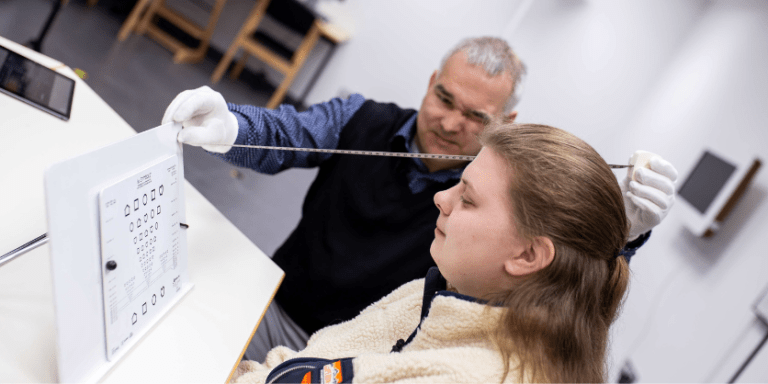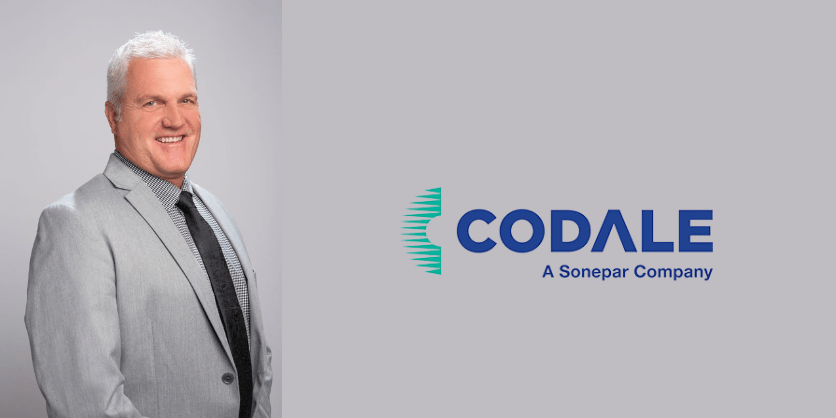A Changing Rep Landscape in 2024
February 12, 2024

By David Gordon
What’s going on in the agent / rep world?
As many know, the electrical distribution has gone through much consolidation in the past three years with almost 100 distributors being sold. It seems that independent manufacturer representatives and lighting agents are taking a page out of the same book.
Over the past few years there have been a number of agencies that have expanded, giving rise to the terms “regional agent / rep” and “super-regional” rep. Some can encompass 15-20 states and touch 2-3 coasts.
The first 45 days of 2024 have seen the trend accelerate and we’ve heard of more that are planned / are in play (at least 5-7 that I’ve heard, some decent size, more smaller companies).
Changing World … Rep / Agent Mergers & Acquisitions
Some recent deals:
- JD Martin expanded into the medium and high voltage space.
- JD Martin also recently acquired Rhodes Sales Agency.
- Bell & McCoy, based in Texas and covering a number of Southwest states, recently merged FRM which focused in the Southeast.
- FRM recently launched FRM Lighting & Controls and acquired Affiliated Lighting and Controls of Florida and Affiliated Lighting & Controls of North and South Carolina, giving it a lighting agency in Florida and South Carolina.
- Bell & McCoy acquired Wild West Lighting
- Visual Interest acquired Trifecta
- MH Lighting merged with Resource Group, expanding their reach into New Mexico and now enabling them to reach from the Canadian border to the Mexican border. They are now the third agency that touches both countries (Ewing Foley and JD Martin also span comparable reach.)
- LightSpec expanded its reach in Ohio and covers the entire state with their recent acquisitions of BR Lighting and Controls.
Last year there were also a number of acquisitions and geographic expansions announced. Most notable was Lester Sales expanding, a number of New England reps expanding into upstate New York, Biben Sales expanded into western Pennsylvania and West Virginia and there were others.
And I’m sure I’ve missed some.
Driving the Dynamic
The dynamic is interesting. It is most likely driven by:
- Generational change / lack of familial succession planning within an agency.
- Assuming no family succession, a lack of management / leadership development that would enable “current” management to sell to others in the business (and get a payout over time) or convert the business into an ESOP.
- In some cases, we understand that “key” suppliers suggest parties “talk” (and inevitably merge), hence helping a “strong” agency expand into a new territory.
- Some agencies are seeing the cost to operate an agency is rising (labor, insurance, technology) coupled with higher supplier expectations (customer service support, technology investments, demand generation resources – end-user focused staff and marketing resources, technical / product expertise, ongoing training investments, etc) and sense a need to expand to increase revenues. This drive for “scalability” means either representing more lines or supporting “key” lines in more territory.
- Some manufacturers prefer to manage less agencies to minimize the number of agencies they need to manage.
At the same time, just as in distribution, there are few new agencies being developed. The end result is inevitably there are limited agency options available for manufacturers … and there are not enough people joining agencies.
Questions and Thoughts
The change generates questions, thoughts and ideas that impact the future including:
- Funding for the increased demands on reps
- How do smaller manufacturers find sales representation?
- Supplier alignment, especially with some suppliers seemingly aligning across an agent / reps linecard whereas others get concerned (sometimes want to block deals) when a rep / agent carries a competitive line in another territory. (Don’t distributors do this for their different branches or divisions / Opco’s?)
- If there are limited number of reps in a market, can a rep carry multiple lines that have nominal overlap (again, a la a distributor?)
- Will there be a need for much better planning, on a more regular basis between manufacturers and their reps / agents?
- For larger manufacturers, especially those desiring, shall we say “preference”, is the 30 day contract a thing of the past?
- How does the role of the regional manager change when there is one, maybe two, reps covering the territory?
- What does this mean for those manufacturers who are investing in sales engineers / business development staff?
- How does this change / strengthen local distributor relationships? How does it change supplier channel strategy with distributors (in supporting them)? Is the agent relationship / support part of the distributor decision making equation?
- Will distributors align more with agents in some markets?
- Will reps / agents begin to have “national account” groups to meet with the national / regional distributors and interact differently? (Some reps are already aggregating revenue / distributor and talking to distributor regional and national management and developing customized strategies; some distributors are reaching out to the larger reps to learn more about the agencies to see how they can capture greater share of mind … or specialized services?)
- What does this mean for data relationships? For customer service support?
- Does any of this make a difference to contractors / end-users or are they only concerned about local support?
These are just some of the questions and thoughts that are circling the changing rep / agent landscape. A number of leading companies are trying to “figure it out” as the model evolves. The reality is that there will be many different answers.
Some tie to maintaining historical precedent; some companies are open to ideas and new models … and the reality is that what is discussed and finalized today may morph into something else as another opportunity presents itself. Being open-minded and nimble is good … and one size fits all does not have to be the answer.
For those who attended NEMRA and listened to the national distributors, the role of the rep / agent is essential in helping distributors service end-users / contractors and be serviced by manufacturers.
A very high percentage of manufacturers cannot afford a direct model and distributors do not want a self-serve model supported 100% by inside sales and email, so the rep model will be around for a long time (just like the distribution model … manufacturers have realized that the cost of going direct, at this time, is prohibitive.) Embracing change can create new opportunities.
As we observe we ponder and have worked with some reps in strategic planning and growth strategies and are also discussing and ideating with manufacturers to embrace the change. If you’d like to discuss, give me a call, and I’ll be at the NAED South Central and LEDucation if you’d like to meet to discuss.
So, who is buying who next week?
More information available here








